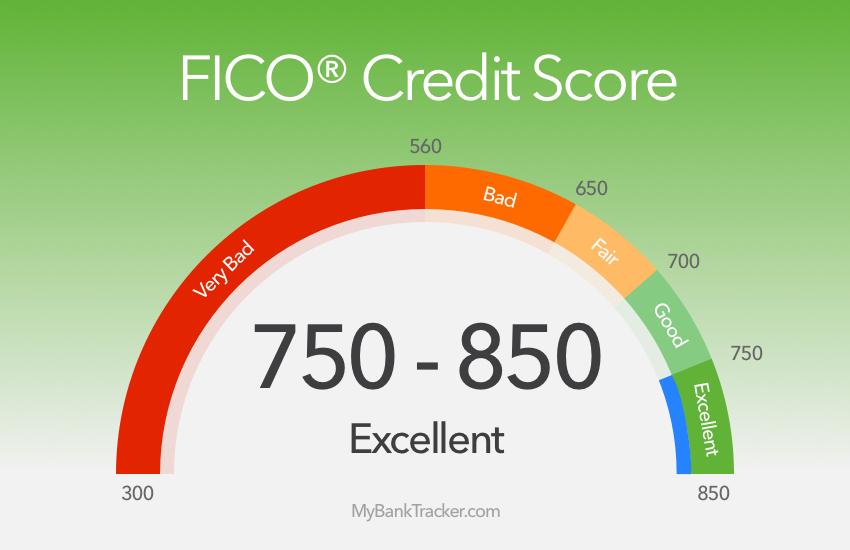In the intricate world of business, where financial currents ebb and flow with relentless precision, ensuring compliance with Anti-Money Laundering (AML) regulations is not just a legal obligation—it’s a testament to your organization’s integrity. As the financial landscape grows increasingly complex, so too does the scrutiny from regulators, ready to dissect your operations with the precision of a master watchmaker. An AML audit is not merely a procedural hurdle; it is a rigorous examination that demands thorough preparation and unwavering diligence. This article serves as your compass, guiding you through the labyrinth of AML audit preparation with authoritative insights and strategic foresight. Whether you’re a seasoned compliance officer or a business owner navigating these waters for the first time, our comprehensive guide will equip you with the tools and knowledge necessary to not only meet but exceed regulatory expectations. Prepare to transform potential pitfalls into stepping stones, as we delve into the art and science of preparing for an AML audit in your business.
Understanding the AML Audit Landscape
The Anti-Money Laundering (AML) audit landscape is a complex web of regulations and expectations that businesses must navigate with precision. At its core, an AML audit assesses the effectiveness of a company’s compliance program, scrutinizing its policies, procedures, and controls to ensure they align with the ever-evolving legal standards. Understanding this landscape requires a deep dive into several critical areas:
- Regulatory Framework: Stay informed about the latest AML regulations and guidelines that apply to your industry and jurisdiction. This includes both local laws and international standards such as those set by the Financial Action Task Force (FATF).
- Risk Assessment: Conduct thorough risk assessments to identify vulnerabilities in your financial operations. This helps in tailoring your AML program to address specific threats effectively.
- Internal Controls: Develop robust internal controls to monitor and report suspicious activities. These controls should be dynamic, adapting to new threats and regulatory changes.
- Training and Awareness: Regular training sessions for employees are crucial. Ensure that staff at all levels understand their roles in maintaining AML compliance.
By mastering these elements, businesses can confidently navigate the AML audit landscape, ensuring compliance and safeguarding their operations against financial crime.

Crafting a Comprehensive Compliance Strategy
To establish a robust compliance framework, businesses must meticulously align their processes with the evolving landscape of Anti-Money Laundering (AML) regulations. Key components of an effective compliance strategy include developing a detailed risk assessment, implementing comprehensive internal controls, and ensuring continuous employee training. It’s crucial to tailor these elements to the specific risk profile of your business, considering factors such as the nature of your operations, customer base, and geographical locations.
- Risk Assessment: Conduct a thorough analysis of potential vulnerabilities and tailor your strategy to address these risks.
- Internal Controls: Establish clear policies and procedures to monitor transactions and report suspicious activities.
- Employee Training: Regularly update staff on the latest AML regulations and best practices to ensure compliance at all levels.
Moreover, leveraging technology can significantly enhance your compliance efforts. Consider integrating advanced analytics and AI-driven solutions to streamline transaction monitoring and improve the accuracy of your risk assessments. By embedding these practices into your organizational culture, you not only prepare for audits but also fortify your business against financial crimes.

Streamlining Documentation and Record-Keeping Practices
In the labyrinth of Anti-Money Laundering (AML) compliance, documentation and record-keeping can either be your guiding light or your stumbling block. To ensure seamless preparation for an AML audit, it is imperative to establish a robust documentation framework. Begin by creating a centralized repository for all AML-related documents. This repository should be easily accessible yet secure, leveraging digital tools that offer both encryption and user-friendly interfaces. Consider using cloud-based solutions that facilitate real-time updates and collaboration among team members.
Adopt a proactive approach by implementing standardized templates for documentation, ensuring consistency and completeness across all records. This includes customer due diligence forms, transaction monitoring reports, and internal audit logs. Regularly review and update these templates to align with evolving regulatory requirements. Furthermore, maintain a comprehensive audit trail by logging all changes and updates to your records, which not only aids in transparency but also in demonstrating compliance efforts during an audit. By prioritizing meticulous record-keeping practices, your business can confidently navigate the complexities of AML audits with efficiency and precision.
- Centralized and secure document repository
- Standardized documentation templates
- Regular updates and reviews
- Comprehensive audit trail
Empowering Your Team with Targeted Training and Awareness
To ensure your team is well-prepared for an AML audit, it’s crucial to invest in targeted training and awareness programs. This approach not only equips your employees with the necessary knowledge but also fosters a culture of compliance and vigilance. Here are some key strategies to consider:
- Customized Training Modules: Tailor your training sessions to address the specific needs and challenges of your business. This ensures that each team member understands their role in maintaining AML compliance.
- Regular Awareness Campaigns: Implement ongoing awareness initiatives to keep AML policies and procedures top-of-mind. This could include newsletters, workshops, or interactive seminars.
- Utilize Technology: Leverage advanced tools and software to simulate audit scenarios, helping your team practice real-world application of their knowledge.
- Feedback and Assessment: Conduct regular assessments to gauge the effectiveness of your training programs and gather feedback for continuous improvement.
By empowering your team with the right training and awareness, you not only enhance their confidence but also fortify your business against potential AML risks, ensuring a smooth audit process.





